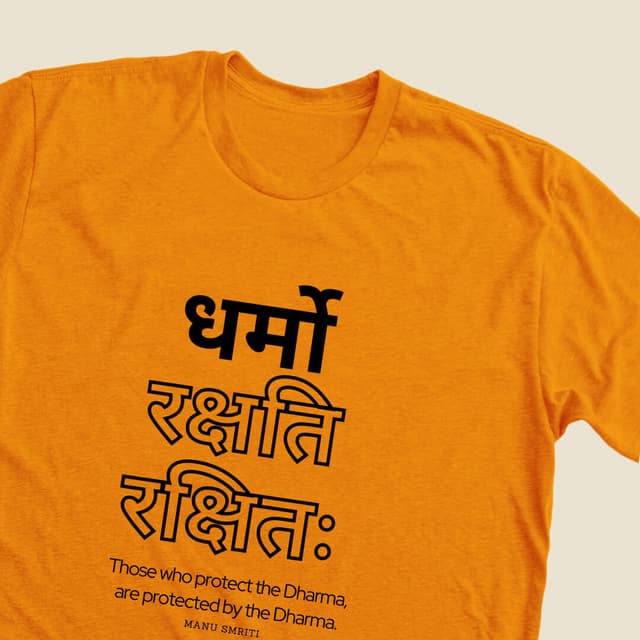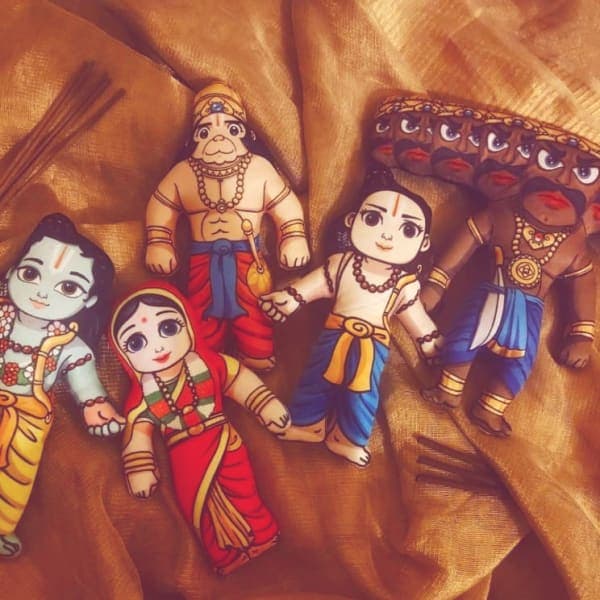Diwali Pooja – An Auspicious Tradition
The ancient Sanatan literature, The Bhagwad Puran and The Vishnu Puran tell us the story of the emergence of the goddess Mahalaxmi and how the tradition of Diwali Pooja came to be, during the Sagar/Amrit Manthan. This story dates back to millions of years ago when the gods and the demons as mentioned in the Sanatan/ Hindu mythology agreed to churn the eternal Kshir Sagar ocean to obtain the Amrit (nectar) for obtaining immortality.
During the Sagar Manthan along with precious jewels, the goddess Mahalaxmi emerged out of the ocean. It is believed that the Deepawali, or Diwali day, when Diwali Pooja is done, which is Kartik Amavasya as per the Sanatan Hindu calendar, was the very day on which goddess Laxmi had emerged out of the ocean during the Mahasagar Manthan. Lord Vishnu the savior, immediately won over Goddess Mahalaxmi to protect her worldly possessions from going into the wicked hands of the demons.
All the gods and the universe rejoiced and celebrated this auspicious wedding of Lord Vishnu and Goddess Mahalaxmi and the Deepawali Pooja, or Diwali Pooja, is chiefly performed since that very day to commemorate the great wedding and to welcome goddess Mahalaxmi in every Sanatan home.
Besides this, all the Sanatans who are the devotees of Lord Vishnu’s incarnation, Lord Shri Ram, celebrate this day with immense joy and fervor to rejoice in the return of Lord Shri Ram along with his wife Mata Sita (who is herself the incarnation of Goddess Mahalaxmi) from an exile of 14 years. The Sanatan Hindus perform the Mahakalratri Puja on this Amavasya (the no-moon night).
Traditionally, the Deepotsav, or Deepawali, or Diwali, as it is commonly known, is a five-day-long celebration for the Sanatans. The first day of the Deepotsav is called Dhanteras which is the thirteenth day of the Krishna paksha (the dark part which proceeds to the no-moon night) of the Kartik month of the Sanatan Hindu calendar. This day marks the celebration of the God of Ayurveda Lord Dhanvantri’s emergence from the great churning of the eternal ocean.
It is remarkable because the great churning or the maha Sagar Manthan was performed for this very aim of obtaining the Amrit for achieving immortality, and Lord Dhanvantri emerged from the ocean carrying that very Amritkalash or pot of nectar. The Sanatans firmly believe that Lord Dhanvantri who is the Janak or the father of the ancient medical science, the Ayurveda, takes away all the illnesses and blesses his devotees with health and prosperity.
The second day of Deepotsav is the Narak Chaudas or the fourteenth day of Kartik Krishna paksha of the Sanatan Hindu calendar. This day marks the celebration of the victory of Lord Vishnu’s incarnation, Lord Shri Krishna’s, victory over the demon king Narakasur, who was killed by Lord Shri Krishna in a fierce battle, and his sixteen thousand prisoner girls were rescued and honored with the status of His queens by Lord Krishna Himself.
The third day of the deepotsav is the Mahalakshmi pujan ratri when the Goddess is worshipped by every Sanatan as well as Jains and Buddhists of the Indian subcontinent. The fourth day of the deepotsav is the new moon day of the Kartik Shukla paksh of the Sanatan Hindu calendar when every Sanatan household performs the Govardhan puja to commemorate the teachings of Lord Krishna about preserving nature by worshipping its chief components represented by the Govardhan parvat who was the shelter to thousands of florae and fauna.
The fifth day of the Deepotsav is the Yam Dwitiya, commonly called Bhaidooj. This day is the day when the brother-sister bond is commemorated. The Sanatans believe that the Lord of Death Yamaraj is given powers by God to bless with longer lives the brothers of those sisters who on this day pay due respect through worship of Lord Yamaraj and his sister Shri Krishna Priya Mata Yamuna – the eternal river’s eternal brother-sister bond.
Thus, the first phase of Deepotsav, which is five-day long, concludes. And then begins the second phase of the Deepotsav which is concluded on the eleventh day of the Kartik Shukla paksha of the Sanatan Hindu calendar.
It is believed that the saviour Lord Vishnu comes out from his Yognidra or meditation and takes over the charge of the earth from Lord Shiva who then steps into the meditation. This day is called the Dev Uthani Ekadashi or the Gods’ awakening day. This day also marks the beginning of wedding ceremonies in the Sanatan Hindu community along with the celebration of the wedding of Lord Vishnu with Mata Tulsi.
Like the Sanatan Hindus, the Jain community also performs the Diwali Pooja for celebrating the salvation of their twenty-fourth Tirthankara Lord Mahaveer.
For the Buddhist community, this day marks the beginning of a new era when emperor Ashoka had a heart transformation after the battle of Kalinga and he swore to follow the teachings of Lord Buddha through Ahimsa and he started preaching the teachings of Lord Buddha with the help of his son and daughter beyond the boundaries of the nation.
Likewise, for the Sikh community too, it is a day of celebration in the form of BandiChhor divas as it marks the release of their sixth Guru, Guru Hargobind Singhji along with fifty-two prisoners from the imprisonment of the Mughal ruler Jahangir. Also, from the third very day the Sikh community starts preparing for the celebration of the incarnation of their first Guru, Guru Nanakdevji, whose incarnation day falls on the full moon day of the Kartik Shukla paksha of the Hindu calendar which is the Kartik Poornima celebrated as Guru Parab by the Sikhs.
Throughout the Indian subcontinent, the Deepotsav is, for their reasons, a matter of celebration related to every community’s own religious beliefs.
Apart from the religious beliefs of the different communities of the Hindus of Bharat the nation, there is the scientific reason too behind all the joy and fervour of Diwali Pooja. It is the marking of the new season after the four-month-long monsoon in the subcontinent of the Indian region when after 4 months of monsoon showers when people of this subcontinent clean up repair, maintain and whitewash their houses to get rid of all sorts of pests. They prepare for the new crops, that is harvesting of the Kharif and sowing of the Rabi crops.
It is believed that the goddess Mahalakshmi brings wealth in the form of the new crops and to welcome the Goddess the households are prepared by cleaning-whitewashing, enlightening, decorating the houses to please goddess Mahalaxmi and obtain her blessings for the forthcoming New Year. People decorate their houses with flowers, rangolis, lights, etc. They dress up in new clothes, prepare delicacies and perform the Mahalakshmi puja, to welcome all the goodness to their homes.
Thus, the Deepotsav, or Diwali Pooja, marks the beginning of the new year also in the Indian household.
By- Vipra Vashishtha
...




